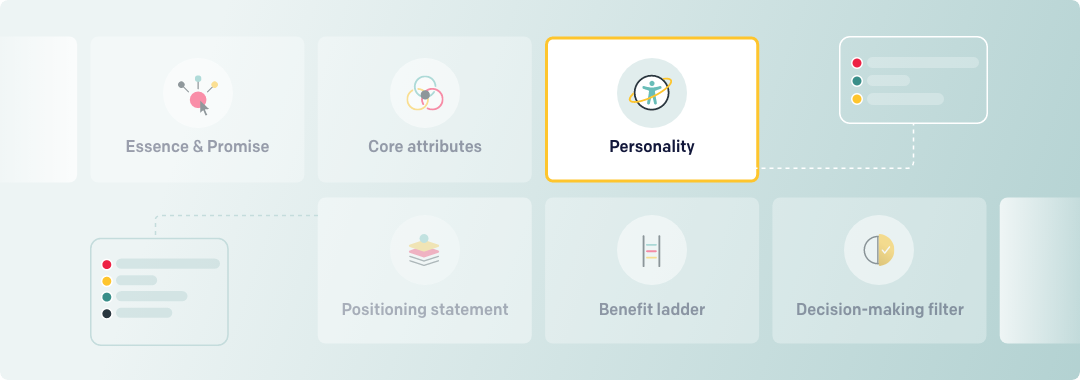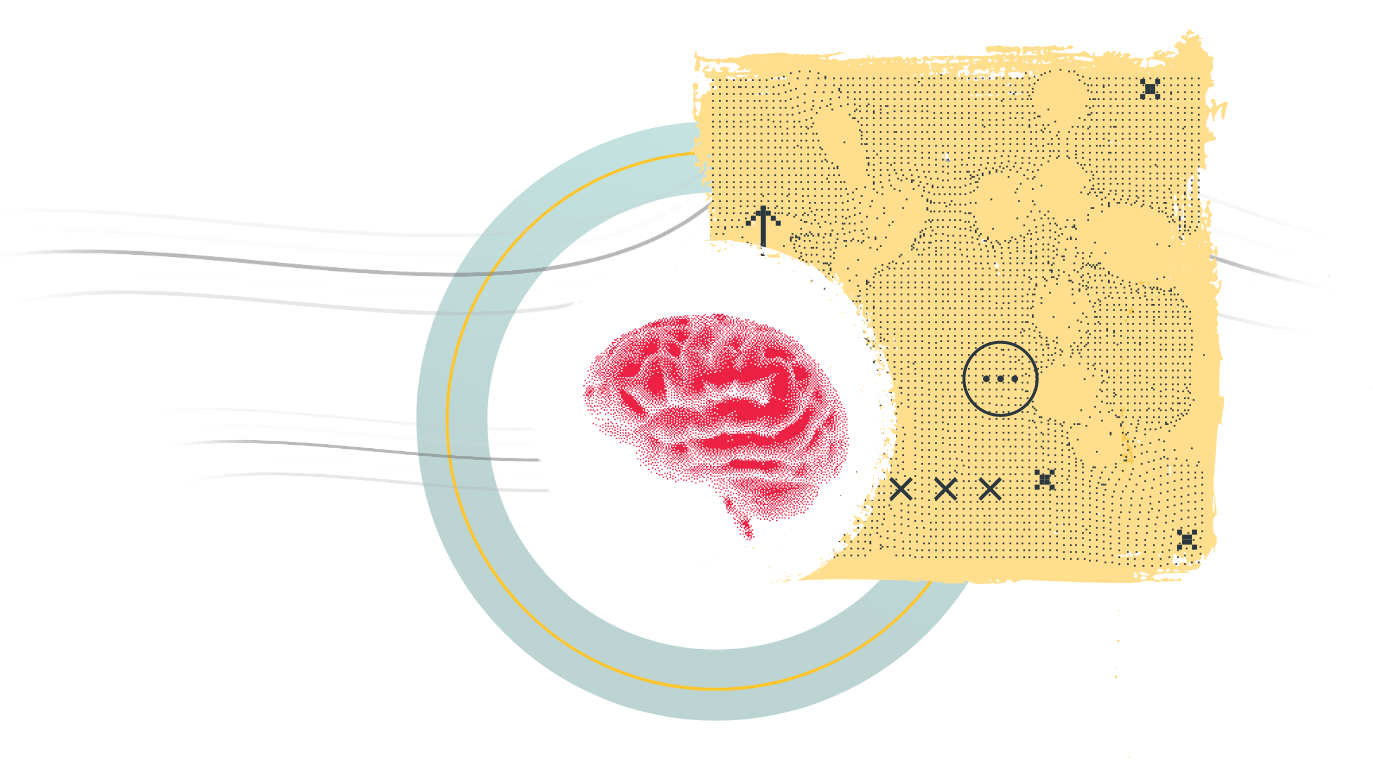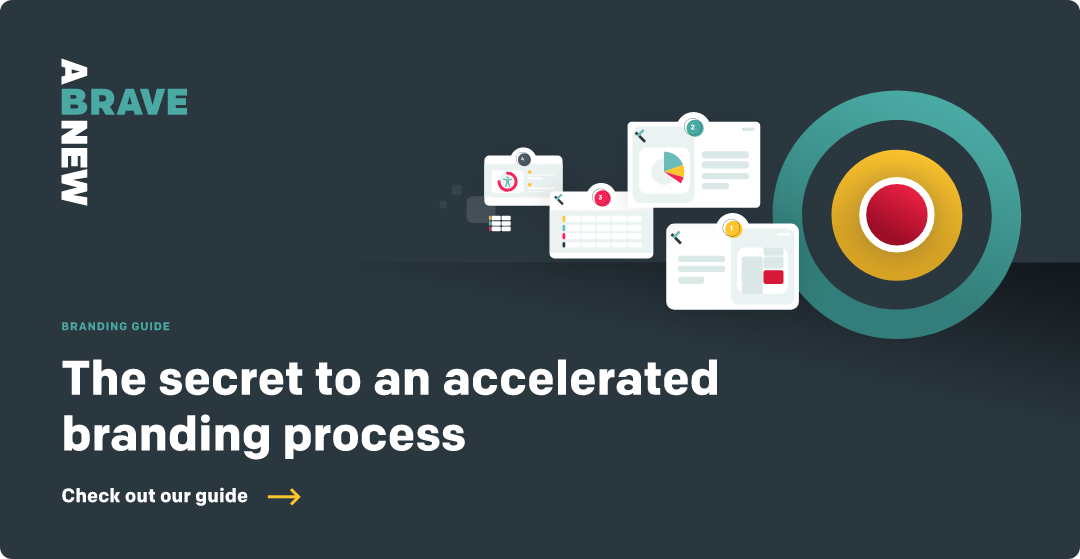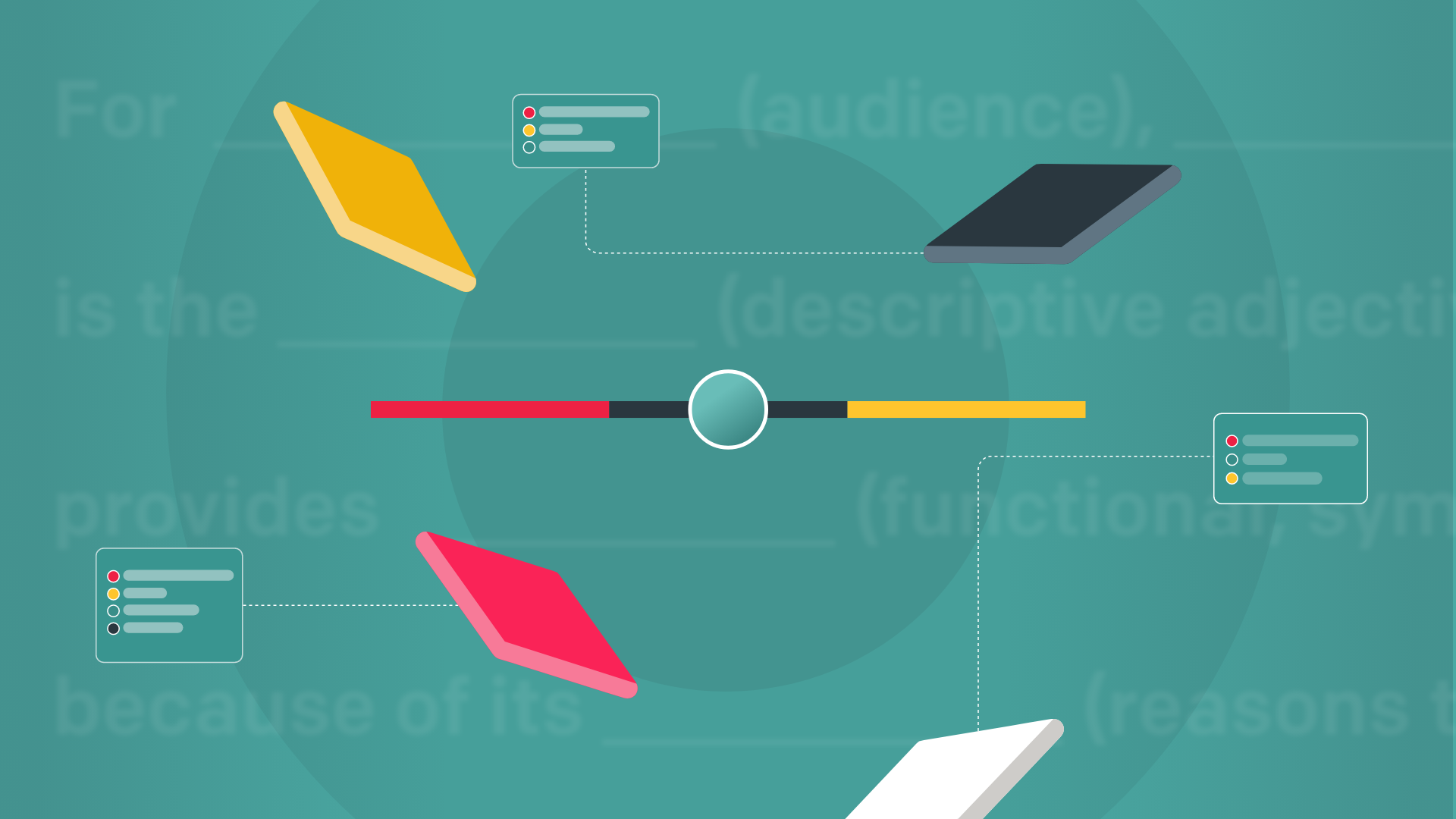This is the fourth in a series of posts unpacking the key concepts at the core of your brand strategy. At A Brave New, we call these your brand drivers.
A company is only as important as the memory it leaves in its customers’ minds. And each business must curate that memory diligently. That’s difficult to do if you aren’t clear on what that memory should be, which is where the brand drivers come in.
Brand drivers have their roots in the Integrated Branding method. We think of them in simple terms:
Brand drivers are the building blocks at the center of your brand that define what makes you unique and memorable. Stated another way, while your mission and vision are what you do and what you are trying to accomplish, your brand drivers are the unique way that you accomplish your mission and vision.
In this series, we’ll be spending time unpacking each of the following brand drivers:
- Essence & promise
- Core attributes
- Brand positioning statement
- Personality (this post)
- Benefit ladder
- Decision-making filter
Today we’ll explore personality.
What is a brand personality?
Every great brand has a personality that connects with our essential humanness. This personality makes the brand relatable and serves as a guide to how the brand builds connections with people.
A personality is a complex thing. Think of your spouse, partner, or a close friend. They are full of wonderful contradictions. It’s hard to encapsulate everything, but if we gave it a shot, we would do so by listing a set of personality traits. The same is true for a brand. One client we worked with recently defined their brand personality like this:
Frank
Laid back
Bright
Sensible
Strong brand personalities have some conflict built into them. Why? Because a believable and interesting brand will have some seemingly contradictory elements, just like most people. By being intentional to make sure the personality has some sharper edges (frank, in this example) along with some less sharp ones (sensible), we make the personality more believable and human.
Typically our goal is to only choose four to five personality traits for a brand. Choosing more than this would make things overly complex to execute. Choosing less might be too simple and make the brand unbelievable.

Why does your brand need a personality?
Humans are wired for connections. One of the primary ways that we connect with people is through their personalities. The ways in which people show up in the world, and more importantly in their relationships, can be quirky, endearing, fascinating, and frustrating … all in the same person. This is part of the magic of human connection. We build emotional connections because of all of this complexity, not in spite of it.
This is why developing a personality for a brand is so important.
By crafting a believable and authentic personality for your brand, you will create opportunities for your customers to connect with your brand on an emotional level. You’re giving them the chance to suspend the thought that your brand isn’t a person, if only for a few moments, and build those social and emotional connections that will build a deeper connection between them and your brand.
This connection will be important, because it will be a significant factor in what draws them back to your brand when they are in the market to purchase the product or service that you provide.
What are some examples of brand personality?
For clarity, now let’s unpack three different brand personalities we developed for three of our clients. My hope is that by seeing these real-world examples you’ll gain some inspiration for your own brand personality.
B2B Technology Company 1
Our first example is for a B2B technology company. We included the following traits in their personality:
Collaborative
Creative
Fun
Smart
Honest
This personality allows this brand to develop content and visuals that are both smart and analytical all the while not taking things too seriously. It also allows them to be straightforward and build trust through honesty while inviting people to engage with them in a deeper way.
B2B Technology Company 2
B2B technology company 2 works in a similar space to company 1 but has a very different personality:
Self-assured
Direct
Thoughtful
Focused
Good-natured
While company 1 may feel like that smart but funny friend who loves to bring people together, company 2 feels different. This brand feels friendly because it is good natured but places much more emphasis on staying focused on what matters, carries itself with quiet confidence, and always comes off feeling like it’s taken time developing its opinions and thinking through how to express them (even though both brands have actually done this).
B2B Healthcare Company
For one final look at a personality, let’s unpack a B2B healthcare company. They have the following personality traits:
Empathetic
Nurturing
Bold
Direct
Savvy
This brand has an entirely different personality altogether. By highlighting traits like empathy and nurturing, the brand can make deep connections with others, which also allow it to express bold and direct ideas. These traits coupled with a personality that is savvy make this a brand that you want to trust.
How to start defining your brand personality?
One of the best jumping off points for a brand personality is to refer back to the results of the card sorting exercise that we discussed in the post about core identity attributes. If you haven’t yet completed it, you could do it as a stand-alone exercise.
Looking back over your card sort, try to identify traits that complement your core identity attributes that are personality driven. For example, you may have chosen “scientific” as one of your core identity attributes, but it isn’t really a personality trait. However, a personality trait like exacting or precise might fit very well here.
This process is subjective, but if you stick with it, you’ll craft a personality that both fits the core of what makes your brand unique and helps you build authentic connections with your audience.
Thanks for reading this post on branding fundamentals. Read the next post in this series on the brand benefit ladder here.
If you want to learn more about A Brave New’s approach to branding, check out our guide: The secret to an accelerated branding process.
Don’t miss out, get Brave News now
Join the ABN community and be the first to learn about trends in inbound marketing, branding, and web design.








